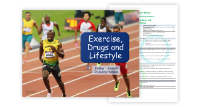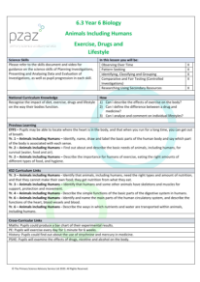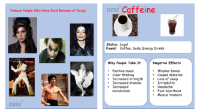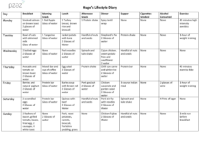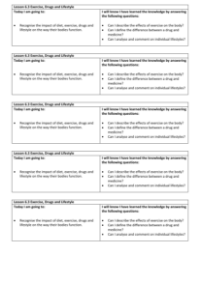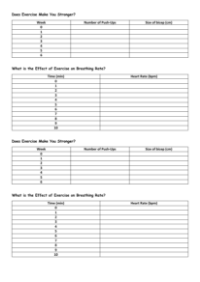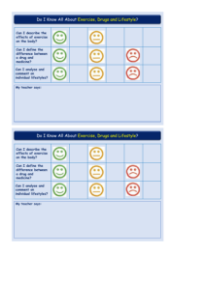Exercise, Drugs and Lifestyle - Presentation
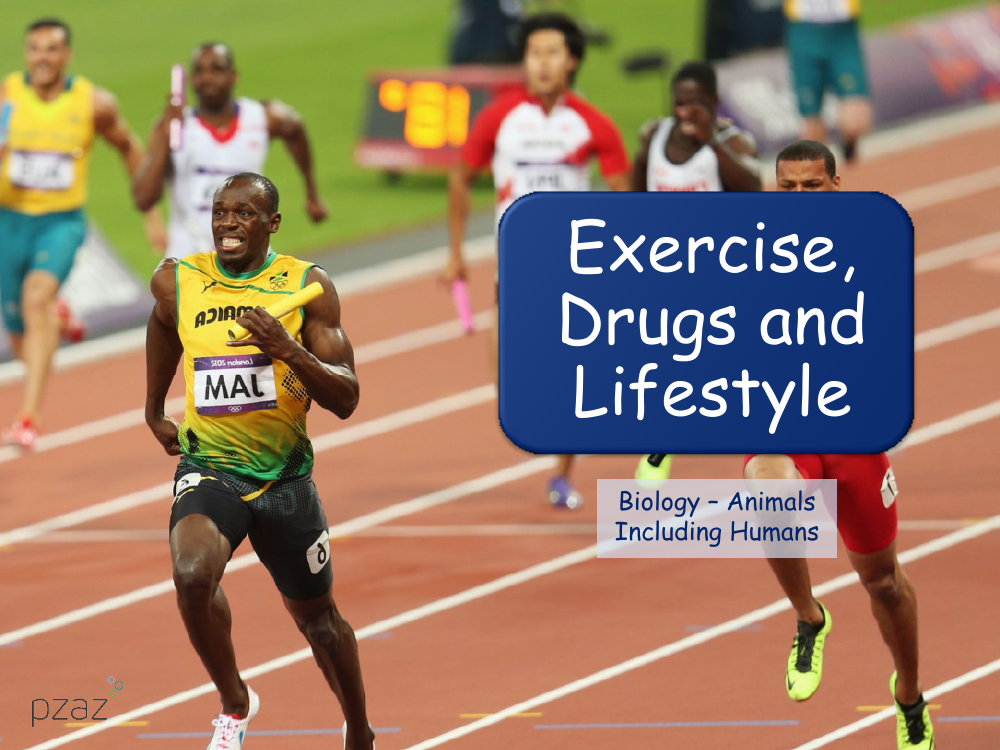
Science Resource Description
In a comprehensive lesson about the impact of exercise, drugs, and lifestyle on the human body, students are set to explore several key learning objectives. They will delve into the effects of different types of exercise on the body, distinguish between drugs and medicines, and assess various lifestyle choices. The session begins with a scenario involving two characters, Matt and Josh, who have joined a gym and are consulting with a personal trainer named Sascha. Sascha recommends specific workouts tailored to their individual goals: cardiovascular exercises for Josh, who aims to reduce body fat, and resistance training for Matt, who wants to increase his muscle mass. This practical example sets the stage for students to understand the different exercise types and their benefits, such as improved heart and lung function and increased muscle mass.
Further activities in the lesson include a 'Push-up Challenge' to demonstrate the combined effects of cardiovascular and strength training, and an examination of how exercise influences breathing rate. Students will learn that exercise increases breathing rate to supply muscles with more oxygen and that the body continues to breathe rapidly until it returns to normal after exercising. Additionally, the lesson involves categorising substances into medicines or drugs and evaluating diary entries to create a PowerPoint presentation on individual lifestyles, highlighting healthy and unhealthy aspects. By the end of the lesson, students should be able to articulate how exercise transforms the body, differentiate between a drug and a medicine, and suggest ways to lead a healthier lifestyle. This holistic approach ensures that students not only learn theoretical concepts but also apply them to real-world contexts and personal health.

